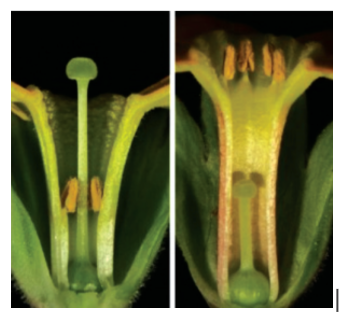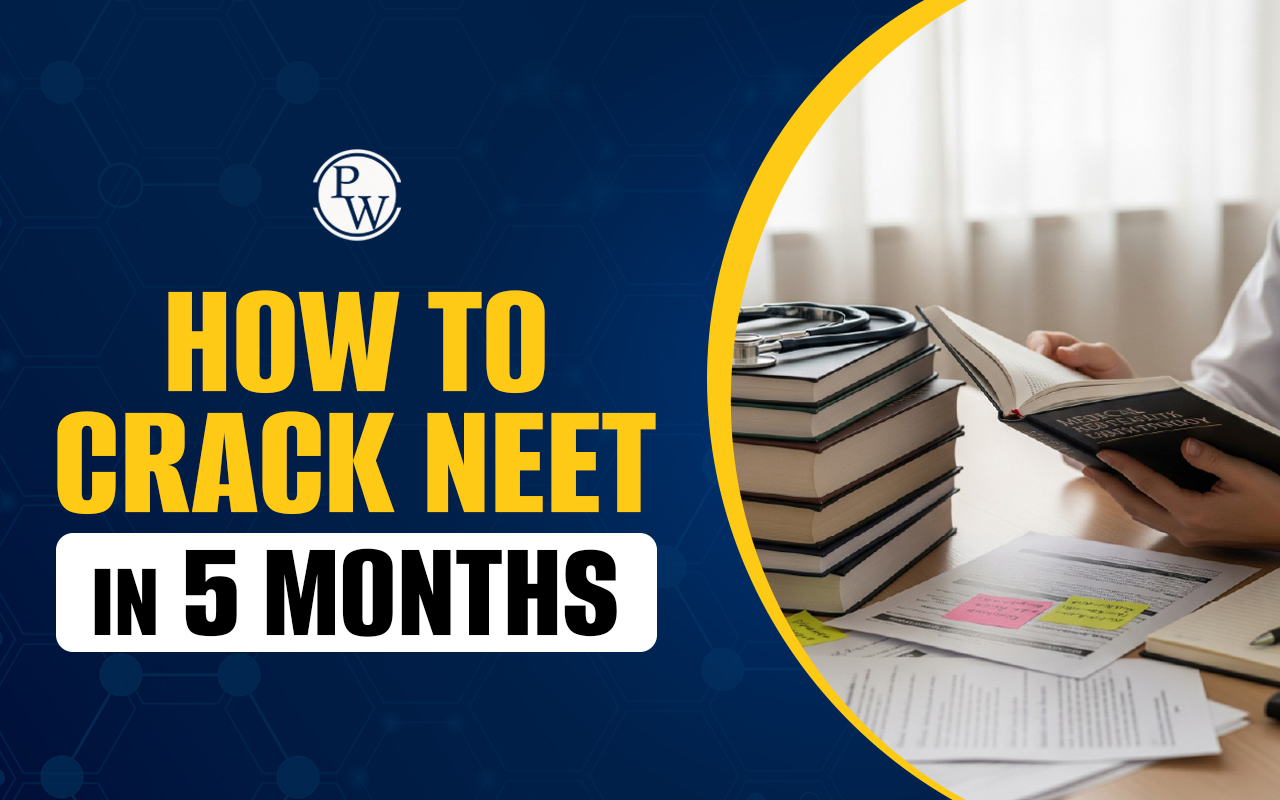
Outbreeding devices are biological mechanisms that encourage crossbreeding and prevent inbreeding within populations. Inbreeding, or mating between closely related organisms, can lead to genetic defects and reduced fitness in offspring. Outbreeding devices ensure that organisms mate with others from different genetic backgrounds, promoting genetic diversity and increasing the chances of survival and adaptation. These mechanisms are an important part of the study of reproduction and genetics, which is essential for the NEET Exam .
Definition of Outbreeding Devices
Outbreeding devices are special mechanisms in organisms that encourage mating between individuals who are genetically different, thus preventing inbreeding. These mechanisms are vital for maintaining genetic variation in a population. By promoting crossbreeding (mating between different individuals), outbreeding devices ensure that the offspring inherit diverse traits, which increase their chances of survival and adaptability.Reasons for Outbreeding
There are several reasons why outbreeding is important for organisms:- Genetic Diversity: Outbreeding increases genetic diversity, which makes populations more resilient to diseases, environmental changes, and other challenges.
- Reduction of Inbreeding Depression: Inbreeding can result in harmful genetic traits being passed down, leading to inbreeding depression, where the offspring may be weak or less fit for survival. Outbreeding helps prevent this.
- Better Adaptation: Organisms that undergo outbreeding are more likely to adapt to changes in their environment because they have a wider range of genetic traits.
- Increased Fertility and Survival: Crossbreeding often leads to healthier offspring, with better chances of survival and reproduction.
Examples of Outbreeding Devices
Outbreeding devices include various biological mechanisms that ensure mating occurs between genetically different individuals, thus promoting genetic diversity. These mechanisms help prevent self-fertilization and inbreeding, ensuring healthier and more adaptable offspring.Dicliny (Unisexuality) Unisexual Flowers
- Monoecious: In monoecious species, both male and female flowers are present on the same plant. For example, plants like castor and maize have separate male and female flowers, preventing autogamy (self-fertilization) but not geitonogamy (fertilization between different flowers on the same plant).
- Dioecious: In dioecious species, male and female flowers are found on separate plants. This condition prevents both autogamy and geitonogamy, ensuring that crossbreeding occurs only between different plants of the same species. Examples include holly and kiwifruit.
Dichogamy
Dichogamy refers to the phenomenon where the male and female reproductive organs in a flower mature at different times. In some flowers, the pollen is released before the stigma becomes receptive, while in others, the stigma becomes receptive before the pollen is released. This temporal separation prevents autogamy. An example is the mango flower, where the male and female parts mature at different times.Heterostyly
Heterostyly is a condition where the anther (pollen-producing part) and the stigma (pollen-receptive part) are located at different positions in a flower. This ensures that pollen from one flower cannot easily fertilize the stigma of the same flower. Heterostyly encourages cross-pollination between different flowers. Examples include species like Primula and Lythrum.
Self-Incompatibility
Self-incompatibility is a genetic mechanism that prevents self-pollen (from the same flower or other flowers on the same plant) from fertilizing the ovules. This occurs when the pollen is unable to germinate or the pollen tube growth is inhibited in the pistil. It is a common mechanism in many plants, such as cherry, apple, and brassica, ensuring cross-pollination and genetic diversity.MCQs of Outbreeding Devices
Q1. The device to prevent inbreeding is;
- Self-incompatibility
- Autogamy
- Self-pollination
- All of these
Q2. The majority of flowering plants produce _____A____ flowers and pollen grains are likely to come in contact with the stigma of the _____B____ flower:
- A - Hermaphrodite, B - same
- A - Unisexual flower, B - different
- A - Hermaphrodite, B - different
- A - Unisexual flower, B - same
Q3. Stigma matures earlier so that it gets pollinated before the anthers of the same flower develop pollen grains;
- Herkogamy
- Protogyny
- Self incompatibility
- Unisexuality
Also Check:
- Free Toppers Notes for NEET
- Free NEET Lectures by PW Faculties
- NEET Study Material, Free Sample Papers, Book, Toppers Notes, PYQs
Answers of MCQs of Outbreeding Devices
Ans1. Self-incompatibility,| NEET Exam Important Links | |
|---|---|
| NEET Biology Syllabus | NEET Biology Diagrams |
| NEET Biology MCQ | NEET Biology Chapter wise Weightage |
| NEET Biology Notes | NEET Previous Year Question papers |
Outbreeding Devices FAQs
Q. What are the 4 types of outbreeding?
Q. What is outbreeding?
Q. What are the outbreeding devices that prevent autogamy?
Q. What are the inbreeding devices?
Q. What are outbreeding devices?
Q. What are 3 examples of inbreeding?
Q. What is the difference between outbreeding and inbreeding devices?










